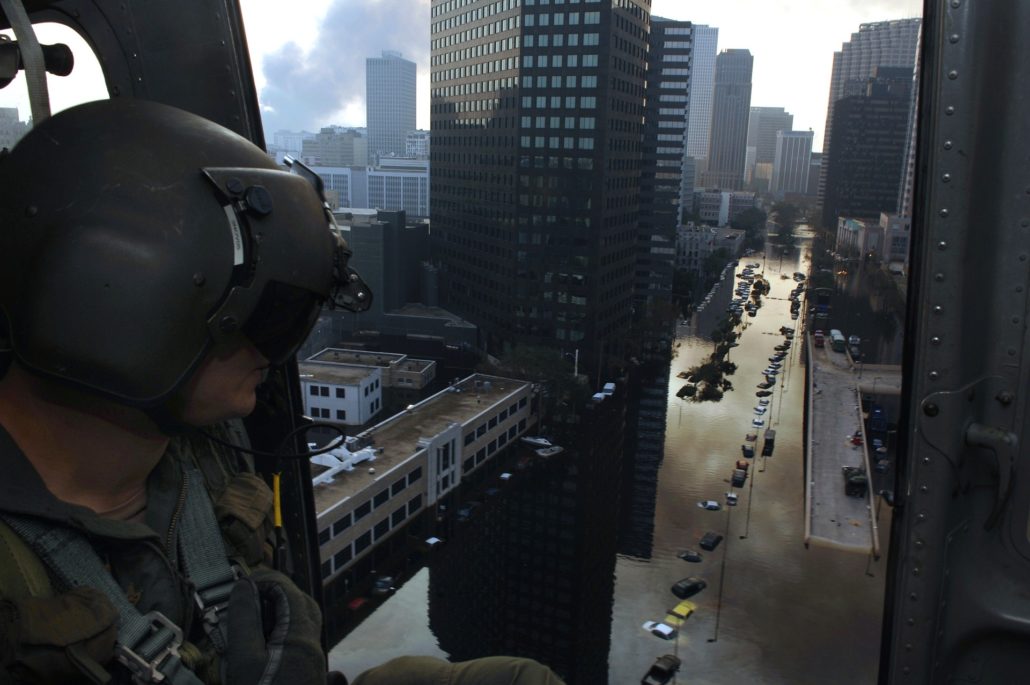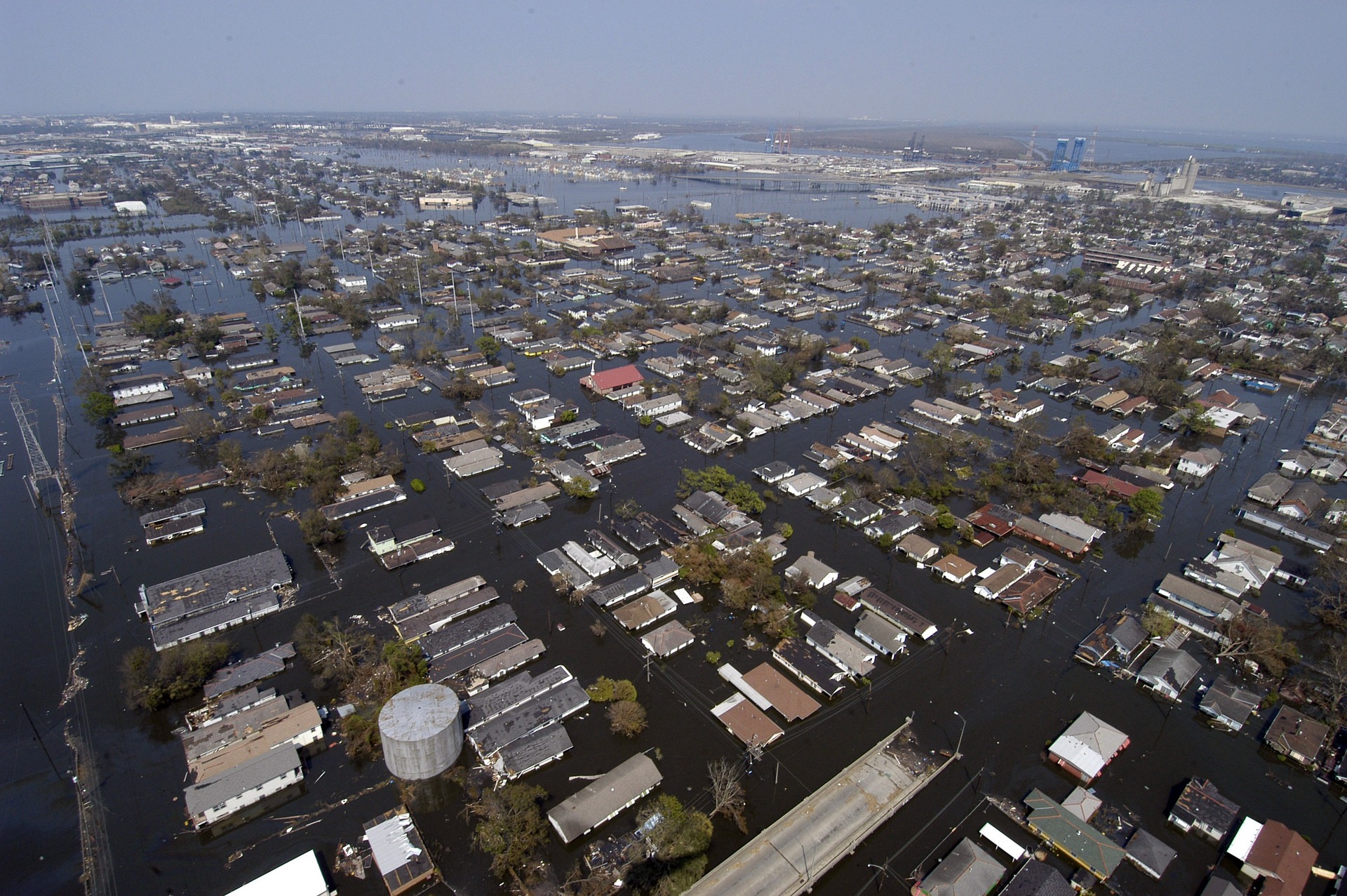A recently completed television series on Apple TV+ covered one hospitals dire days in the aftermath of Hurricane Katrina’s impact in New Orleans. The show was a dramatized retelling of actual events from Hurricane Katrina. Memorial Hospital made it through landfall without issue. But, the levees broke and slowly flooded 80% of the city to unfathomable depths. The hospital, the city, the feds, no one had a plan for this scenario. Subsequent power failure and days with unrelenting heat put hundreds of stranded caregivers and patients in a different kind of fight for their lives.
Disaster Manager Reviews The Series
Clearly, the reason the series was made was the heart-wrenching moral dilemmas that litter the story. The first five hour-long episodes align with the five days from landfall to the survivors’ extraction. These dilemmas were made harder to stomach with each episode, as the series has the viewer feeling a part of the disaster alongside the survivors. The dilemmas escalate as the conditions worsen and supplies run low. Consequently, self preservation prompts hard decisions on whether to turn people away or what to do with animals who’d be left behind.
In emergency management, an after action review is a common way to address failures in planning, issues that arise, and especially to find lessons learned. Through this lens, is how I tried to take in one of the worst disasters in U.S. history told through the POV of Memorial Hospital. A study suggests that the hospital fulfilled 93% of their preparedness plan prior to the Katrina’s landfall. Yes the government at all levels let these residents down…But what the series does not effectively portray is how many similar situations were unfolding all over the city. One study showed the local airport dealing with “perhaps the most massive patient assessment, stabilization, and evacuation operation in U.S. history”. Clearly became a 101 course in supply versus demand. Not a very fun example, when the demand is for life-saving help.
Lessons Learned
Additionally, successes and failures in the disaster preparedness of the hospital, the city, and FEMA stuck out to me. The city had levees in place, they just broke. The hospital had backup generators, they just were subject to flooding. The hospital had days and days worth of supplies that kept the hundreds of stranded alive, just not enough. Ultimately, the series rips at your heart strings with its portrayal of the epic battle between compassion and exhaustion. With doing what’s right versus survival instincts. The moral dilemmas which put what unfolded at Memorial in the news and prompted the series, though, I cannot even fathom to speak on. Sadly, tragic lessons were learned.

Helicopter view of New Orleans flooding in the aftermath of Hurricane Katrina. Image by David Mark from Pixabay





One Comment